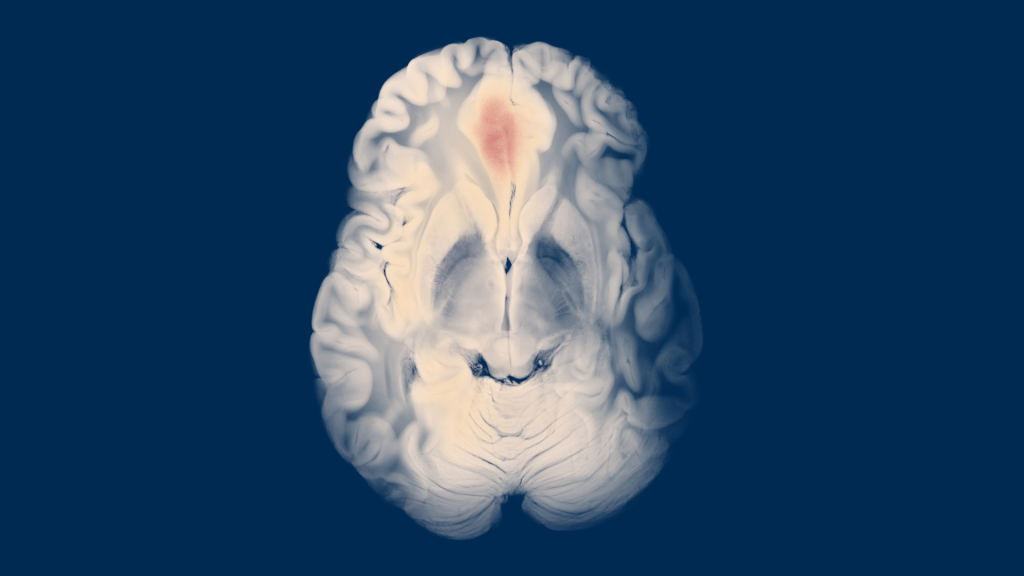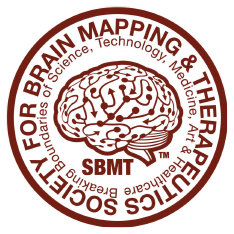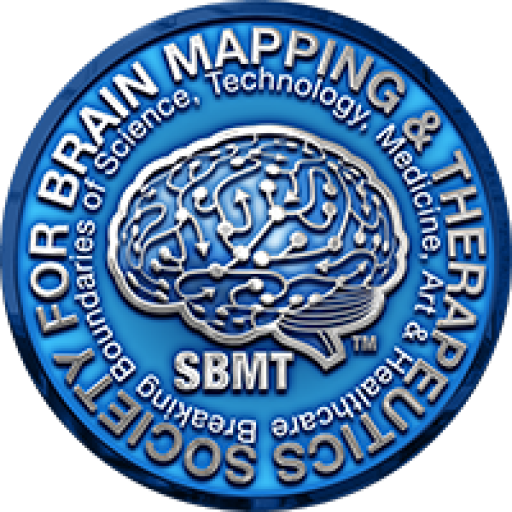
Ethical Considerations in Neuroimaging:
| Patient Consent | Data Privacy | Ethical Use of Imaging Technologies |
| The necessity of informed consent before undergoing neuroimaging procedures. | Safeguarding sensitive imaging data to protect patient confidentiality. | Avoiding misuse of neuroimaging for purposes like surveillance or discrimination. |
| Clear communication about risks, benefits, and the purpose of the imaging. | Compliance with regulations like HIPAA (Health Insurance Portability and Accountability Act) to prevent unauthorized access. | Ensuring that findings are interpreted accurately and not overstated. |
| Clear communication about risks, benefits, and the purpose of the imaging. | Ethical concerns in sharing de-identified data for research purposes. | Discussing implications of incidental findings and their management. |
Bias in Data Interpretation: Ethical Implications for Equitable Healthcare
Recognizing Bias
- Neuroimaging studies may unintentionally reflect biases related to socioeconomic status, race, gender, or geographic location.
Example of Underrepresentation Leading to Non-Generalizable Findings
Study on Alzheimer’s Biomarkers in Predominantly Western Populations
Description: Many studies on Alzheimer’s disease have focused on biomarkers like amyloid plaques and tau proteins, primarily using participants from Western populations. This limited diversity has resulted in diagnostic tools that may not be equally effective for individuals of non-European descent.
Impact: A study published in Nature Medicine revealed that biomarkers identified in Caucasian populations did not consistently correlate with Alzheimer’s progression in African or Asian populations. This underrepresentation has raised concerns about the applicability of diagnostic tests and treatments for global populations. Source: Nature Medicine
Impact on Healthcare Equity
- Misinterpretation or overgeneralization of biased data can perpetuate health disparities, such as unequal access to accurate diagnoses or tailored treatments.
- For instance, biomarkers identified in predominantly Western populations might not apply effectively to other ethnic groups, limiting their diagnostic utility.
Strategies for Equity
- Diverse Representation: Encourage inclusivity in study populations to ensure findings are broadly applicable.
- Transparent Limitations: Researchers should openly disclose potential biases in study designs or data sets.
- Equitable Applications: Design neuroimaging protocols and technologies that address the specific needs of underserved communities.
Future Directions
- Develop machine learning algorithms that account for variability across populations rather than reinforcing existing biases.
- Foster international collaborations to standardize ethical and equitable neuroimaging practices globally.
Example of Biomarkers Identified in Predominantly Western Populations Limiting Diagnostic Utility
Study on Amyloid Plaques in Alzheimer’s Disease
Description: Amyloid plaques, a hallmark biomarker for Alzheimer’s disease, have been extensively studied in Western populations. PET imaging techniques and diagnostic tools have been optimized for identifying amyloid deposition in Caucasian populations.
Issue: Research has shown that amyloid accumulation patterns and thresholds for Alzheimer’s diagnosis may differ significantly in Asian and African populations. This variance can lead to misclassification or missed diagnoses in non-Western groups.
Impact: Diagnostic tools and criteria that do not account for ethnic variability may fail to detect early signs of Alzheimer’s in diverse populations, delaying treatment and intervention. Source: NIH.gov




